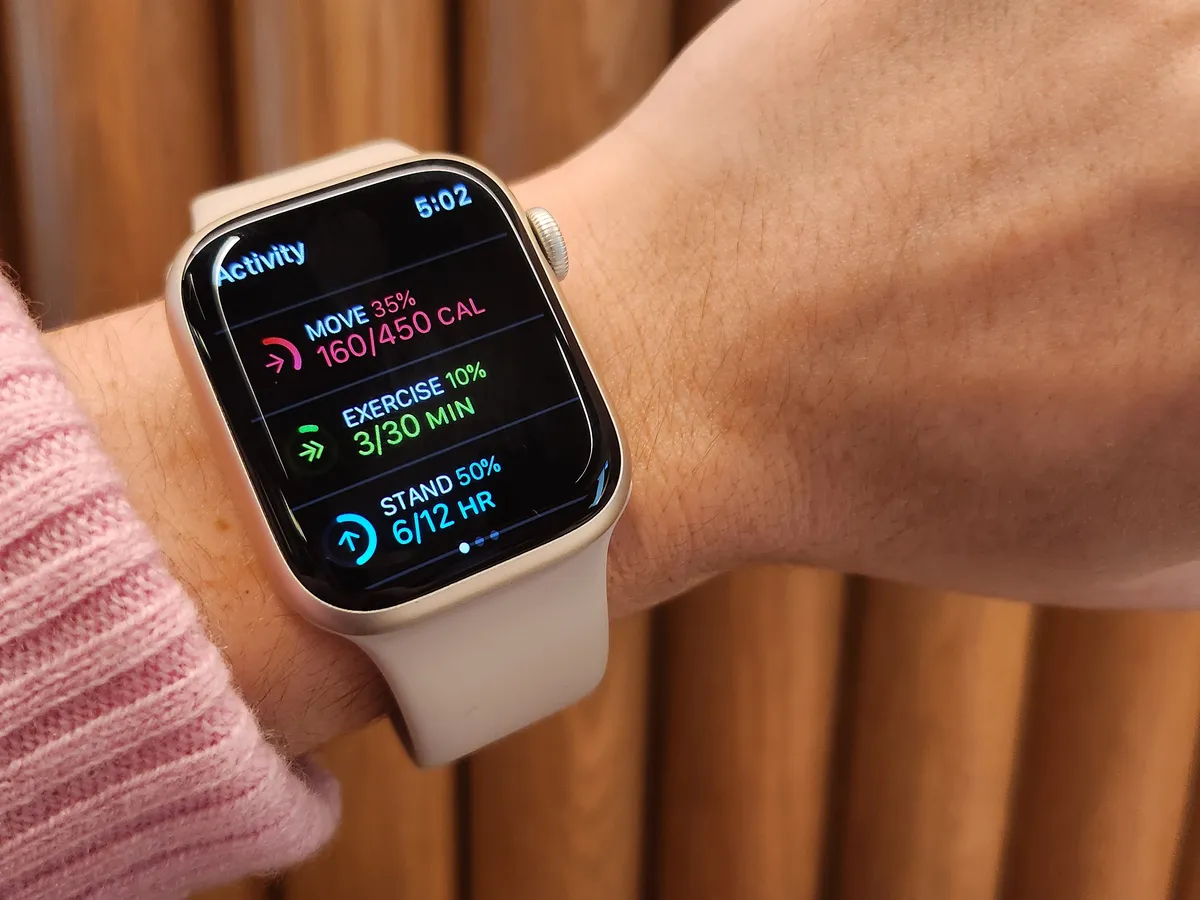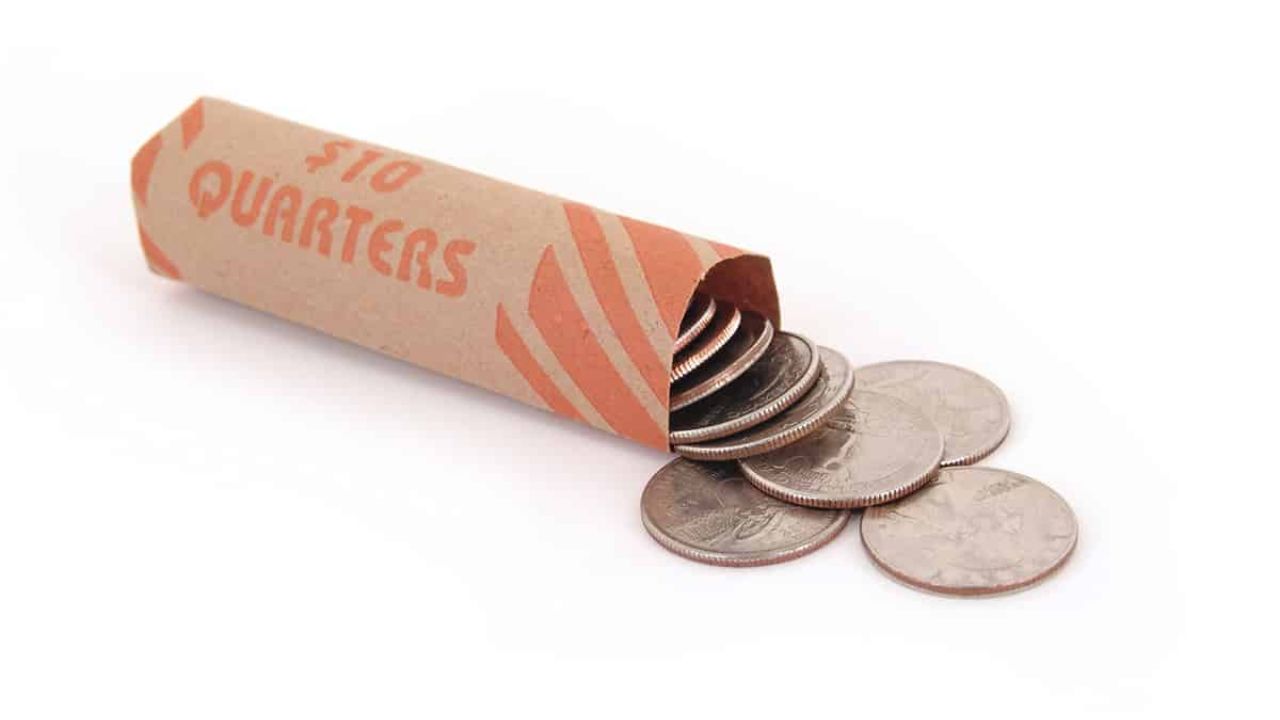For fans and newcomers alike, the question lingers: How long do soccer games last? Beyond the thrill of goals and the dance of skillful players, understanding the intricacies of soccer match time is key to fully immersing oneself in the world’s most popular sport.
In this article, we unravel the secrets of soccer time, exploring the regulation minutes, extra time, and the dramatic moments that unfold within the confines of the pitch.
Let’s dive right in!
Table of contents
How long does a standard soccer game last?
A standard soccer game typically lasts for a total of 90 minutes of regulation time. This duration is divided into two halves, each lasting 45 minutes. The halftime interval, which provides players and teams a brief break, falls between these two halves and lasts for 15 minutes.
In professional soccer matches, this 90-minute regulation time is the standard duration for gameplay. It’s important to note that the clock in soccer is stopped for certain events, such as injuries, substitutions, and other stoppages, which can extend the total time elapsed for each half.
Check out: What Do Guys Like to Be Called? (Top 25 Names)
What is added time or injury time in soccer?
Added time, commonly referred to as injury time, in soccer is additional minutes added to the end of each half of a game. This extra time is allocated by the referee to compensate for stoppages that occur during the regular 45-minute halves. The purpose of added time is to make up for time lost due to various interruptions in play, such as injuries, substitutions, time-wasting, or other delays.
The referee assesses the amount of added time based on the total duration of these stoppages. This information is usually displayed on the stadium’s electronic board and announced to both teams and spectators. Added time ensures that the full intended duration of each half is played, even if certain events temporarily halt the game clock.
Read also: What Does GMS Mean on Snapchat?
What happens if a soccer game is tied at the end of regulation and added time?
If a soccer game is tied at the end of regulation time and added time, and no winner needs to be determined for tournament advancement, the match can end in a draw. In many league competitions and group-stage matches, a draw results in each team earning one point.
However, in knockout-stage matches where a winner must be determined to progress to the next round, there are different possibilities:
Extra Time:
The game proceeds to extra time, consisting of two additional periods of 15 minutes each. Teams switch ends after the first period. If a team scores during extra time, they are declared the winner. If the score remains tied after extra time, the match moves to a penalty shootout.
Penalty Shootout:
If the match is still tied after extra time, it is decided by a penalty shootout. Each team takes a series of penalty kicks, and the team with the most goals at the end of the shootout is declared the winner.
These tie-breaking methods are commonly employed in knockout-stage competitions, such as the knockout rounds of the FIFA World Cup or other single-elimination tournaments. In league competitions, group stages, or non-elimination matches, a draw after regulation and added time usually results in both teams earning points.
Check out:: 26 Legitimate Ways to Get a Costco Student Membership for Free
Conclusion
From the precision of regulation minutes to the suspense of added time, understanding how long soccer games last adds a layer of appreciation for the dynamics that unfold on the field. It’s not just about the goals scored but the moments that transpire within the confines of those 90 minutes, etching memories that linger long after the final whistle.
See also: What Age Do You Graduate High School?
Frequently Asked Questions
A standard soccer game, including professional matches, typically lasts for 90 minutes of regulation time. This is divided into two halves, each lasting 45 minutes, with a 15-minute halftime interval.
Added time, often referred to as injury time, is additional minutes added to the end of each half to compensate for stoppages in play due to injuries, substitutions, or other delays. The referee determines the amount of added time based on these stoppages.
Yes, the indicated added time is a minimum, and the referee has the discretion to extend it further if significant stoppages occur during the added minutes. This ensures that the full time lost to stoppages is accounted for.
If a soccer game is tied at the end of regulation and added time, it may go into extra time, which consists of two additional periods of 15 minutes each. If the score remains tied after extra time, the match may be decided by a penalty shootout.
Unlike some sports with a continuously running clock, soccer time is stopped for certain events, such as fouls, injuries, and substitutions. The clock is controlled by the referee, who has the authority to add time at the end of each half to make up for stoppages.
References
- theathletic.com– How Long Do Soccer Games Last
- jobsinfootball.com– How long is a Soccer game
- ducksters.com– How Long Do Soccer Games Last






